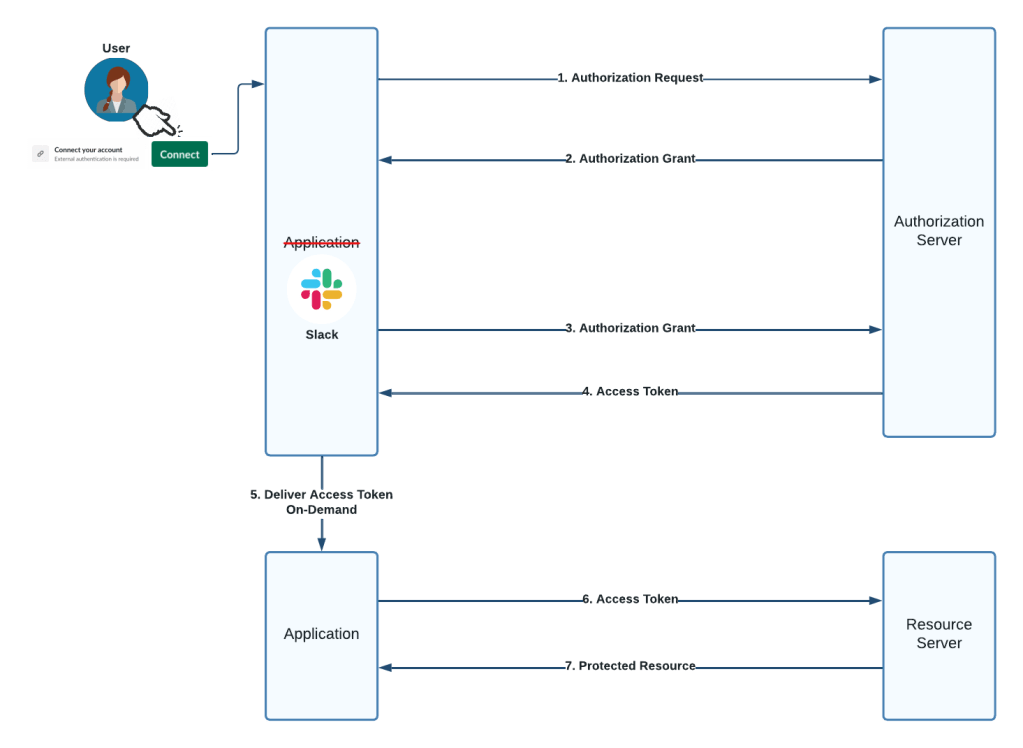
By Genevieve Cuevas and Scott Nyberg
In our “Engineering Energizers” Q&A series, we examine the professional life experiences that have shaped Salesforce Engineering leaders. Meet Genevieve Cuevas, a Senior Director of Mobile Software Engineering for Slack at Salesforce. In her role, Genevieve leads Slack’s Virtual HQ team, where she innovates dynamic new features for Slack.
Want a behind the scenes look into her innovation process? Read on to explore how Genevieve’s team brainstorms, prototypes, and tests new features — enabling customers to be more productive than ever.
What does your team design for Slack?
My team builds new tools for Slack that drive enhanced collaboration within companies. One example is Slack huddles — an easy, digital-first way for teams to communicate within a Slack channel or a direct message via informal chats or unscheduled working sessions.
We designed huddles to mimic the brief and casual meetups that occur inside offices, akin to dropping by a colleague’s workspace to ask a question or quickly connecting with friends at the watercooler. The app drives audio-only conversations but also supports other features including video, screen sharing, and more.
This easy connectivity helps increase team-wide coordination and has boosted customer productivity by 43%.
Genevieve explains why Salesforce is a great place to work.
At a high level, how does your team build new features for Slack huddles?
As we prototype new features, we examine the customer problem that we’re trying to solve. Then, we build new things that are unique within the marketplace and test it across our organization to measure its reception. From there, the new feature could be deemed a success, or, alternatively, could serve as a springboard for a future feature.
Diving deeper, how did your team create the video feature for Slack huddles?
Our team took the Slack way of prototyping to the extreme. As we began conceptualizing the video capability, everything was very chaotic (in a good way) as our team iterated on many versions simultaneously, where everyone experimented to build something new.
For example, we had different iterations of how the video capability should appear, ranging from the window to the sounds to the notifications.
So, our process involved just kind of feeling through it, designing, seeing how it worked, scrapping what we didn’t like, getting the user feedback, and iterating at a very fast pace.
Then, once we had a product built, we tested it internally.
What does your testing process typically entail?
There are multiple levels of testing before we deploy it widely. After we build a feature, we test it within our small team, enabling everyone to share their feedback.
Next, we roll it out out to a wider team inside of Slack and ask objective questions such as:
- Which parts of this feature did you use the most?
- Which parts of the feature most improve your productivity? If so, how?
- What could be improved about the feature?
After collecting and analyzing this feedback, my team will iterate again, taking the feature to the next level. Finally, we will test it across the entire Slack organization and pilot customers — incorporating that group’s feedback into our final iteration.
Genevieve explains what keeps her at Salesforce.
What was the biggest challenge you faced when developing Slack huddles’ new video feature?
Our biggest challenge was to incorporate video while preserving Huddles’ look and feel: light, simple, and informal.
The first version of huddles launched with an audio-only capability, engineered to enable ad hoc conversations. This delivered a lightweight, informal experience that didn’t require users to flip on their video and look prim and proper. Users gave it high marks because it felt different from other meeting products.
Shortly thereafter, many of our customers requested video capabilities. However, once we added video, we knew that our customers would compare huddles against Zoom. So, we needed to maintain our design identity, spotlighting how our value proposition differed from Zoom.
Consequently, we remained laser-focused on engineering the video component to make it simpler than ever. For example, switching from the default audio to video requires just one toggle.

We also spent significant time on the video window, prompting questions including:
- How big should the window be?
- Should video pop out in a window?
- Should Huddle’s default setting be video or audio?
Since launching, our customers continue to be very pleased with the feature. Slack huddles is the fastest adopted new capability since we first launched — nearly 44% of our paid customers are already using huddles every week.
Learn more
- Hungry for more Slack stories? Read this blog to learn about Slack’s new external authentication feature!
- Stay connected — join our Talent Community!
- Check out our Technology and Product teams to learn how you can get involved.






